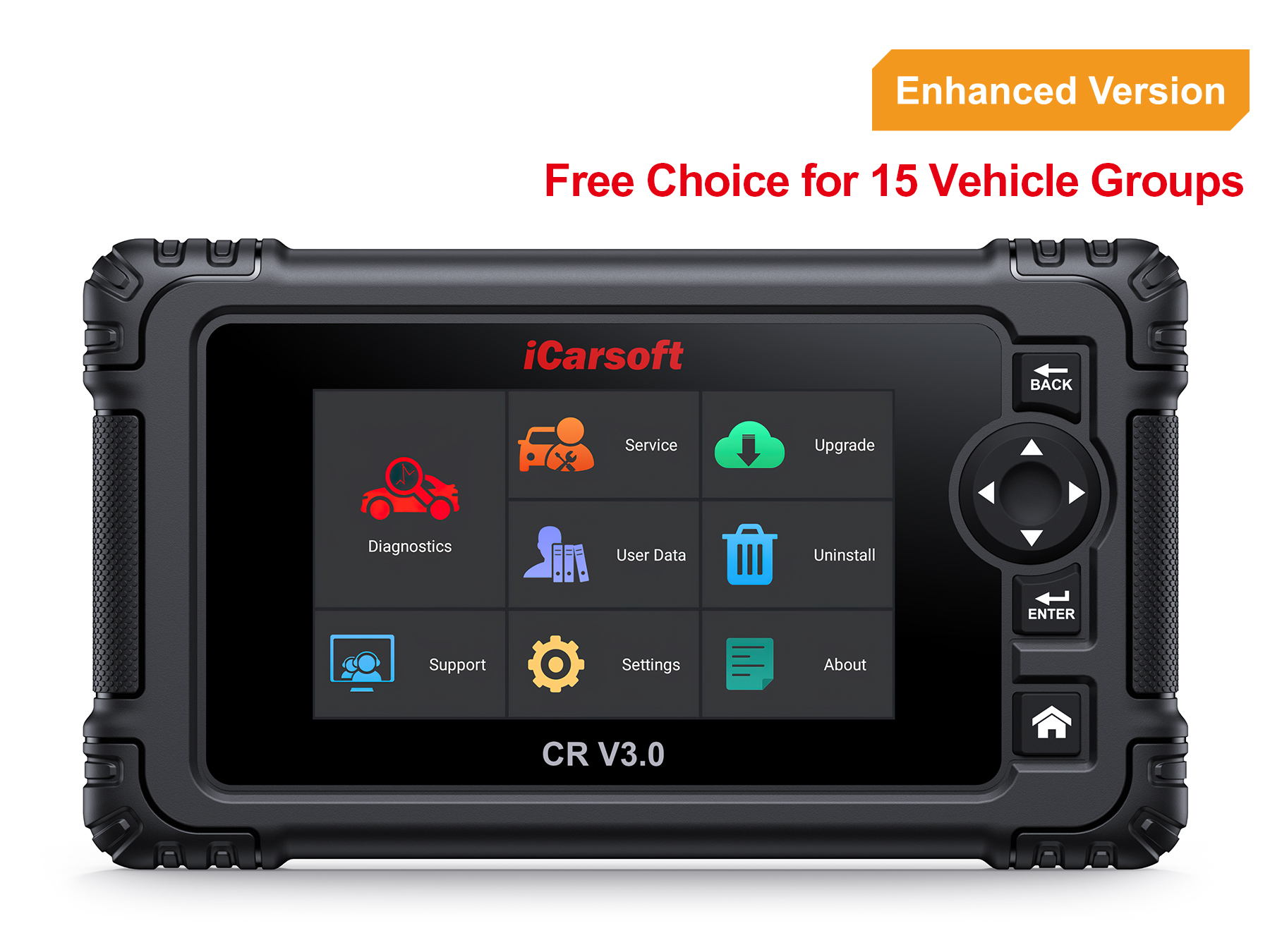
Your Car is a Computer on Wheels: Navigating Automotive Cybersecurity and Software Maintenance
Think about the last time you updated your phone’s operating system. Annoying, maybe, but crucial. Now, imagine that same process for your car—a two-ton vehicle hurtling down the highway. That’s the reality of modern driving. Today’s cars are less like mechanical beasts and more like networked data centers, packed with over 100 million lines of code. And with that incredible connectivity comes a new set of responsibilities: automotive cybersecurity and proactive software maintenance. It’s no longer just about changing the oil; it’s about updating the code.
Why Your Car’s Software is a Prime Target
Honestly, a hacker isn’t typically trying to steal your commute data. The risks are far more tangible. We’re talking about threats that move from the digital realm directly into the physical world. A compromised infotainment system can be a gateway to critical systems like the brakes, steering, or acceleration. It sounds like science fiction, but security researchers have demonstrated these very vulnerabilities time and again.
The attack surface is vast. It’s not just the OBD-II port a mechanic uses. It’s your Bluetooth connection, the built-in 4G/5G modem, the key fob, even the tire pressure monitoring system. Each of these is a potential entry point. And the motivation for attackers? It ranges from holding your vehicle for ransom (ransomware) to stealing personal data from your connected apps, or even orchestrating large-scale disruptions on a fleet of vehicles.
The Unbreakable Link: Cybersecurity and Software Maintenance
Here’s the deal: you can’t have one without the other. Cybersecurity isn’t a one-time shield you install. It’s a continuous process, and software maintenance is its lifeblood. Think of it like this: building a car with great digital security is like building a castle with strong walls. But if you never patch the holes or update the gates (the software), it becomes vulnerable to new tactics. Over-the-air (OTA) updates are the primary tool for this, allowing manufacturers to deploy fixes directly to your car, much like your laptop or phone.
What Software Maintenance Actually Covers
It’s more than just squashing bugs that make your touchscreen glitchy. Proactive software maintenance for vehicles includes:
- Security Patches: These are critical. They address specific vulnerabilities that hackers could exploit. Ignoring these updates is, well, like leaving your front door unlocked in a busy neighborhood.
- Performance Tweaks: Updates can optimize battery usage in electric vehicles, improve transmission shifting smoothness, or even add a few miles of range. It’s a free performance upgrade, delivered digitally.
- Feature Enhancements: Sometimes, you might wake up to a new app or a improved user interface. This is the “cool” side of maintenance that users actually enjoy.
- Compliance Updates: As regulations around data privacy and safety evolve, the software must too.
A Shared Responsibility: You and the Manufacturer
This is where the rubber meets the road, so to speak. The manufacturer’s job is to create secure software and issue timely, reliable updates. Your job, as the owner, is to actually install them. It’s a partnership. Many people, you know, just click “remind me later” on their phone updates for weeks. With a car, that habit carries a different weight.
Let’s break down what that looks like in practice.
| Manufacturer’s Role | Owner’s Role |
| Developing secure code from the ground up (Security by Design). | Enabling automatic updates where available and safe to do so. |
| Conducting regular penetration testing and vulnerability assessments. | Paying attention to recall and update notifications—don’t ignore them! |
| Providing transparent, clear communication about what an update does. | Practicing good digital hygiene with connected apps and services. |
| Ensuring OTA update processes are themselves secure and cannot be hijacked. | Being cautious about connecting third-party devices or using unverified software. |
Future-Proofing Your Drive: What to Look For
As you shop for your next vehicle—new or used—the software question should be high on your checklist. It’s a long-term investment in safety and functionality. Ask the dealer or research online:
- Does this vehicle receive regular, over-the-air (OTA) updates?
- What is the manufacturer’s track record for issuing security patches?
- How long is the software support period? (e.g., 5 years, 10 years?)
- Is the update process explained clearly? Are the release notes detailed?
Honestly, a car that can’t update its own software is like a phone stuck on a three-year-old operating system. It might work, but it’s increasingly vulnerable and missing out on improvements.
The Road Ahead is Coded
The era of the purely mechanical automobile is fading in the rearview mirror. Our vehicles are now complex, evolving software platforms. This shift isn’t something to fear, but it is something to actively manage. Embracing automotive cybersecurity and diligent software maintenance is the new non-negotiable of car ownership. It’s the digital equivalent of checking your tire pressure and changing your oil. It’s how we ensure that the incredible convenience and capability of our connected cars doesn’t come at the cost of our safety and privacy. The open road, it turns out, now runs on a carefully maintained line of code.


Average Rating